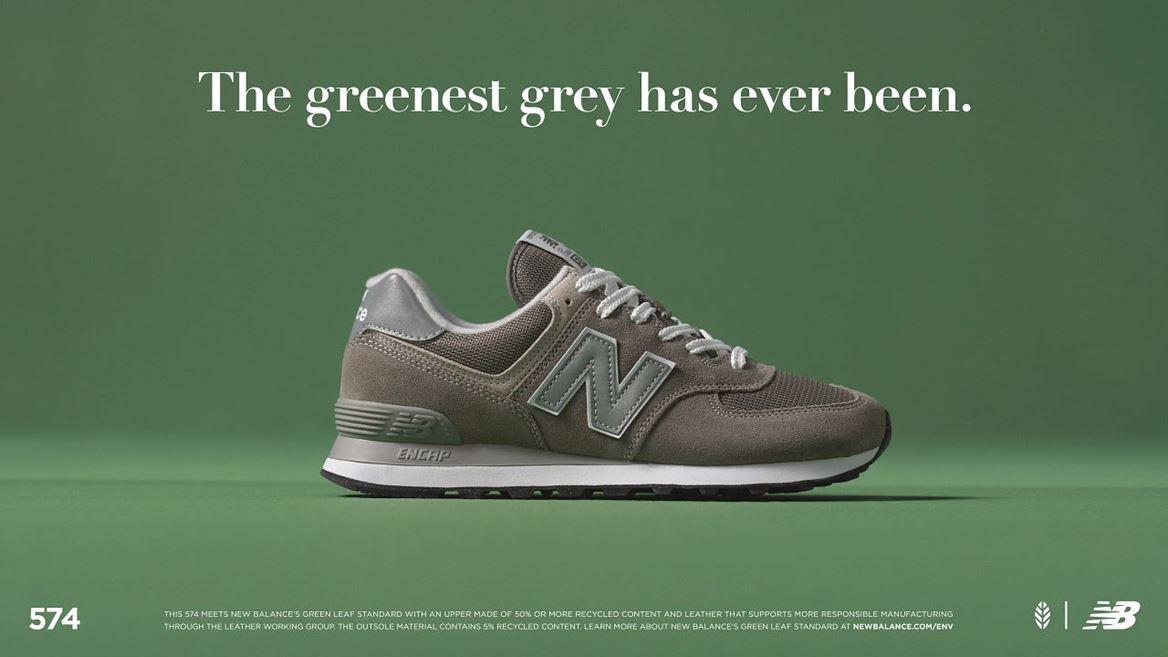![]()
Source: New Balance Debuts Footwear Collection that Meets the Brand’s Green Leaf Standard
Environmentally responsible programs are in fashion, but what do they really mean? Nike’s Move to Zero, adidas’ Made to be Remade, are all well-meaning programs needed because every footwear company producing endless SKUs are contributing to increases in greenhouse gases. Each new collection adds more to landfills with shoes from every season of production. It’s an awkward discussion to have. Brands are waking up, yet still producing products with virgin plastics and generating collections for a digital metaverse which doesn’t make a physical item but creates just as much carbon dioxide as every item of clothing. New Balance is doing a good thing with their ‘green leaf standard’, but in the greater scheme of things a better program would include remaking what exists.
Think of it like this, a company produces a new collection each season, half of it is created more responsibly. When the items are shipped in from other countries this creates a carbon footprint damaging the environment. The production method itself creates a carbon footprint. Every season 50% of the products are not green. Slowing down environmental issues is needed, but every brand has to begin doing more. Consumers also need to recognize their addition to the problems and be more thoughtful. Unfortunately, there is a disconnect in demographics understanding how consumption is destroying the planet. A brand can implement a program, but when the product is more expensive because it’s responsibly made, it doesn’t sell as quickly. It’s very problematic to ask brands to take a loss by ramping up a program like the Green Leaf Standard to 100% of all products for the sake of the environment. Brands will do better when consumers ask for better and mean it.
New Balance’s green leaf standard indicates environmentally preferred material adoption across its footwear and apparel products. For apparel that meets New Balance’s green leaf standard, at least 50% of the materials in a garment are sourced as environmentally preferred. For footwear that meets New Balance’s green leaf standard, at least 50% of the materials in its upper are sourced as environmentally preferred, and at least one material in the midsole/outsole uses approximately 3% bio-based or 5% recycled content. New Balance considers a material environmentally preferred based on its physical characteristics (for example, recycled polyester) or based on its more sustainable sourcing practices (for example, leather sourced from LWG Gold rated tanneries).


